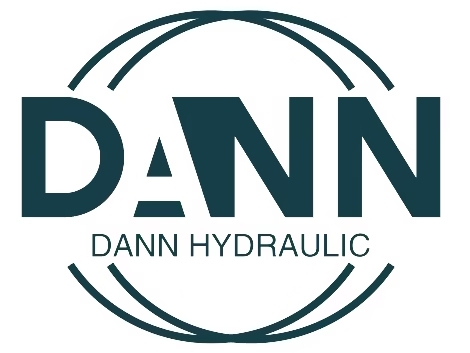Showing all 3 resultsSorted by price: high to low
-
Sale!
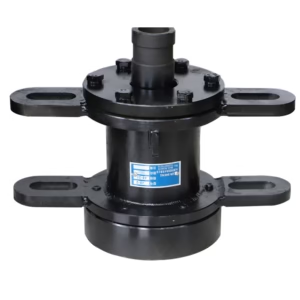
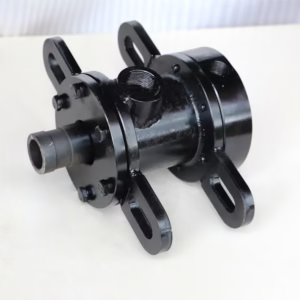
$50.00 Original price was: $50.00.$45.00Current price is: $45.00.
- Maximum Pressure: 1.8 MPa (18 bar)
- Maximum Temperature: 220 °C
- Maximum Speed: 150 RPM
- Materials: Cast Iron, Gray Iron, Ductile Iron, 45# Steel
- Seal Type: Q-Face Sealing Structure
-
Sale!
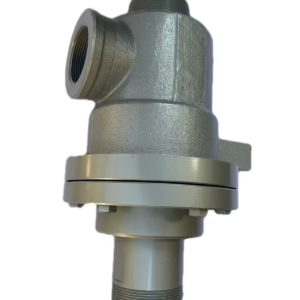

$35.00 Original price was: $35.00.$28.50Current price is: $28.50.
- Material: Stainless Steel (SS304/SS316), Carbon Steel
- Pressure Rating: Up to 1500 PSI (customizable up to 3000 PSI)
- Temperature Range: Up to 250°C (482°F) (higher temperatures available upon request)
- Port Sizes: 1/4” to 2” NPT/BSP/DIN (custom sizes available)
- Max RPM: 1000 RPM (higher speeds on request)
- Seals: Graphite, PTFE, or Viton® for high-temperature and chemical resistance
-
Sale!

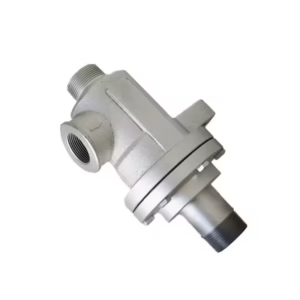
$15.00 Original price was: $15.00.$13.00Current price is: $13.00.
- Model: Q Series
- Medium: Steam, Hot Oil
- Passages: Single Flow
- Pressure Rating: Up to 150 PSI
- Temperature: Up to 200°C / 392°F
- Speeds: Up to 1,000 RPM
- Connection Types: NPT, BSPT, Custom Threading Available
- Material: Ductile Iron Housing, Hardened Steel Rotor, Graphite Seals
